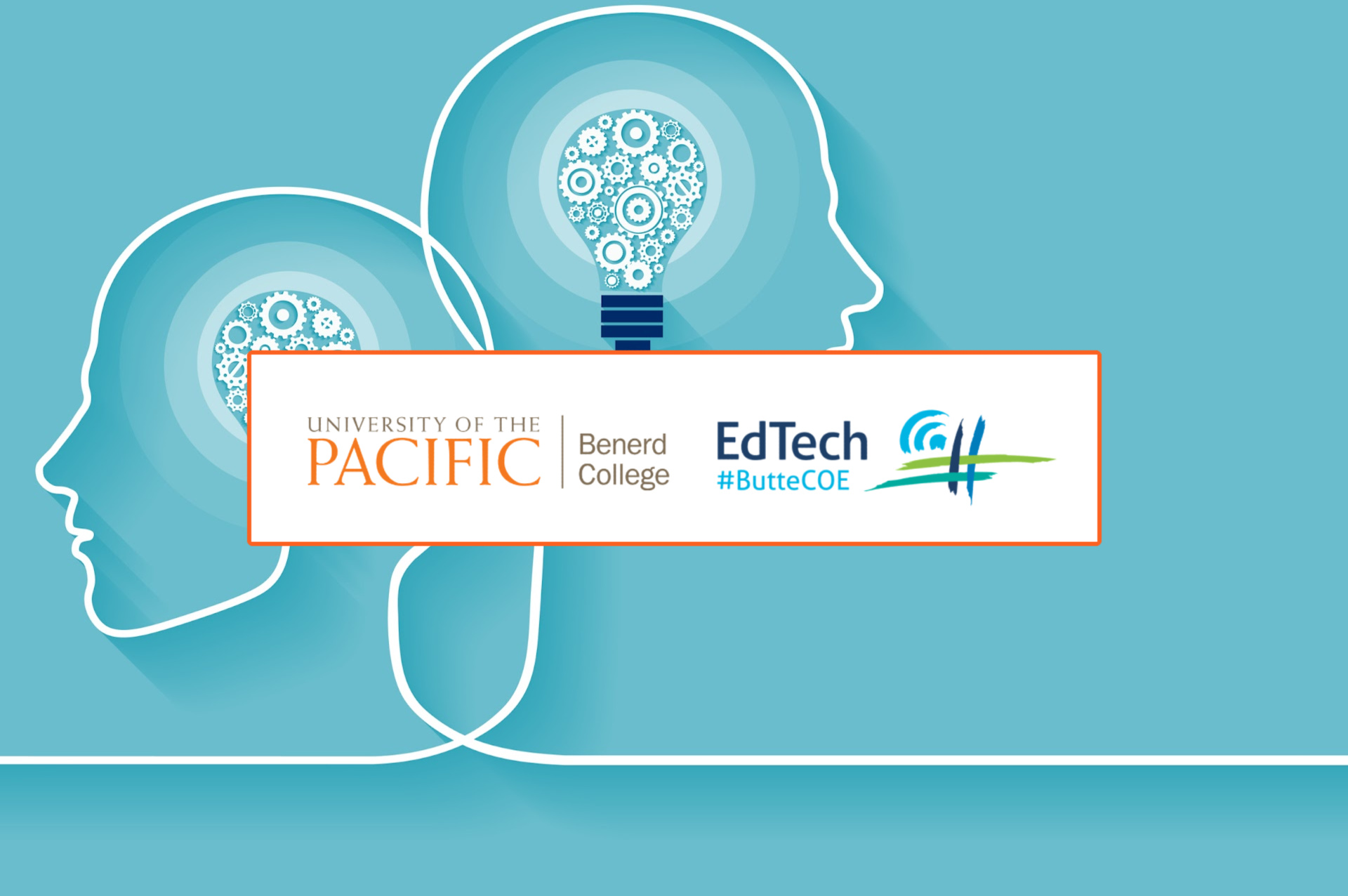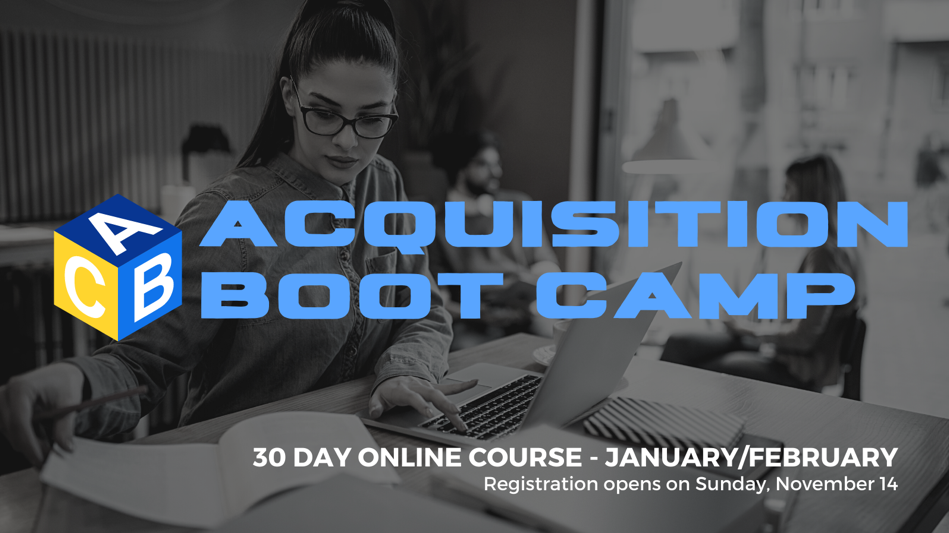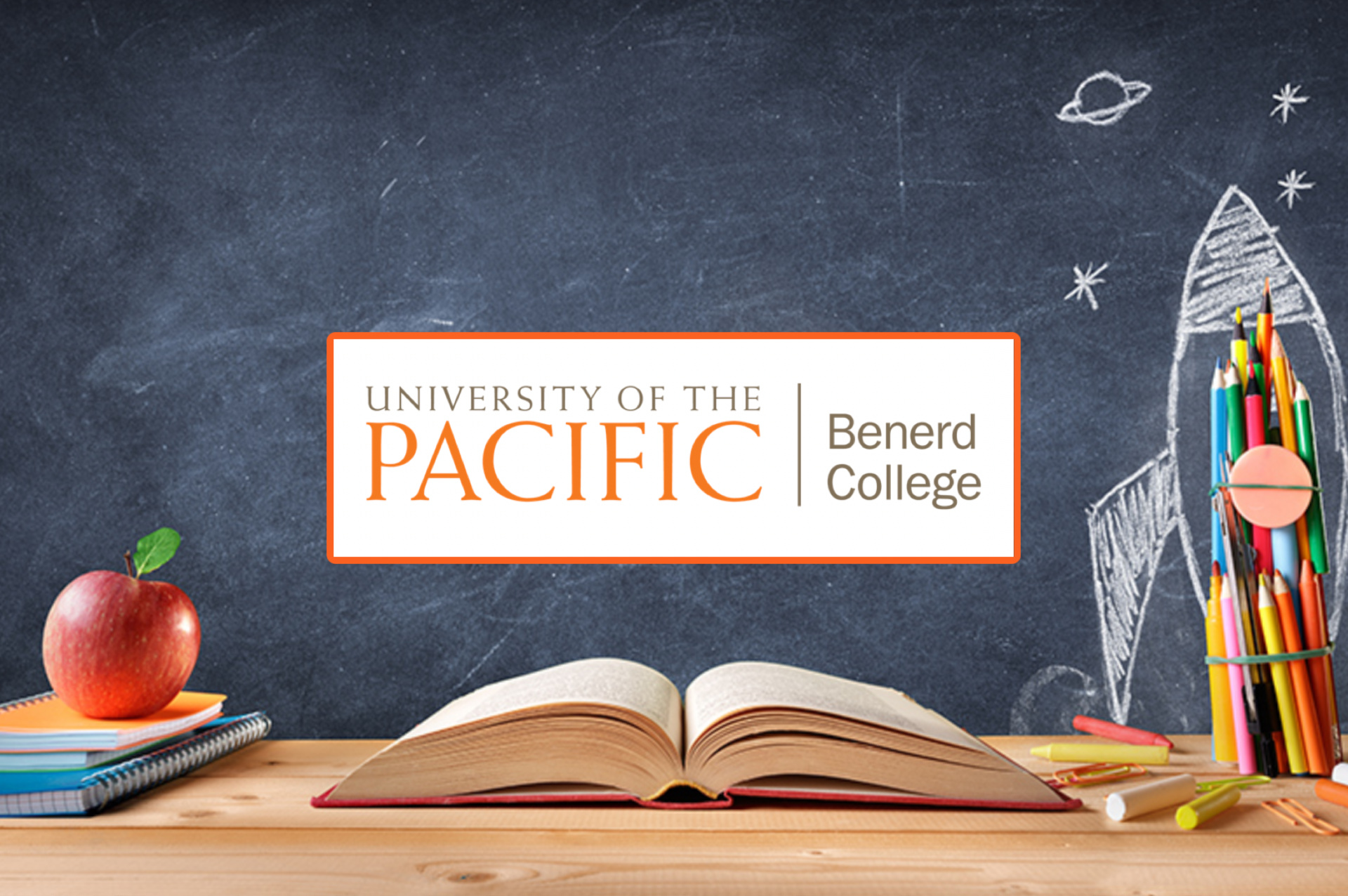It is not enough to simply teach children to read; we have to give them something worth reading. Something that will stretch their imaginations—something that will help them make sense of their own lives and encourage them to reach out toward people whose lives are quite different from their own. —K. Paterson, children’s author
We can’t just tell our students how to read. But rather, we need to show them how. We need to model different reading strategies so they can learn them and apply them to reading. Modeling will allow students to observe a teacher’s thought processes. It will encourage the students to imitate what they see. So, how do we as teachers show our students how to read? How can modeling encourage the type of reading that K. Paterson speaks of? This article discusses 5 key strategies that do just that.
Strategy #1 Making Connections
- “That reminds me of… Remember when… I see a connection between…”
Making connections is a reading strategy that helps readers gain a deeper understanding of the text by connecting it to their background knowledge and experiences. Teachers need to show students how a text connects to their own lives (text-to-self), to another text that they have read (text-to-text), and to the world around them (text-to-world). Through modeling and continued practice, the students will be able to make relevant connections to a text on their own. Since making connections involves thinking, the students will most likely be more engaged throughout the reading experience, which will fuel more excitement about reading.
How to model: As you read a grade-level text out loud with the students, use the think-aloud strategy to show how to make each type of connection. Explain what the text reminds you of and how you can relate to it. Share another similar text; explain the differences from other texts. Then, share your thoughts on why this text reminds you of the real world – maybe something that can be generalized to people anywhere. Try to move beyond the surface-level connections so students can more vividly see authentic connections. Take enough time to ask the students to share examples, too. It’s quite easy to extend lessons on making connections in reading. Students can write their own text connections in a journal as they read any type of text and even expand on them in class discussions or essay writing.
Strategy #2 Questioning
- “I wonder… How come… Why… I don’t get it when…”
Questioning helps kids search for answers as they read, build interest along the way, and become more capable readers. As they question, their comprehension is monitored and they interact with the text to gain meaning. There is a real purpose to read. It is important that children know that it is good to both ask questions and to search for answers throughout the reading process. They need to know that these two actions (asking questions and searching for answers) help build understanding and interest in what is being read. Questioning inevitably fosters wanting to read and learn more.
How to model: As you read a text with the students, write any questions you have on sticky notes by the specific passages. Include questions you have before, during, and after reading. Show students that:
- You are activating prior knowledge and making predictions before you read.
- During reading you deal more with self-questioning and questioning the text or the author.
- After reading the text, you offer critical analysis and explore the unanswered questions.
Talk to the students about the types of questions you wrote. Show them your questions. Explain why you are asking these questions and why you want to know the answers. The students will see that some of the questions had concrete answers and could be answered from parts of the text; others could not be answered. Encourage your students to write questions on sticky notes as they read, too. Make this a habit. Then have the students see if their questions were answered. If not, how can they find the answers?
Strategy #3 Visualizing and Inferring
- “I can see it… The picture in my mind looks like… I visualized… I think… Maybe it means… This is what I predict…”
When we visualize, we create pictures in our minds based on prior knowledge and our experiences of what the text is about. For example, we might all read the same text but imagine the characters, the setting, the actual events in a different way. Similarly, for non-fiction text, we may also see things differently based on how we visualize the text. And when we infer, we take the visuals in the text (e.g., illustrations, photographs, graphics, and text organizers) and make an educated guess about what is happening or what they might mean. Both strategies help strengthen comprehension and bring a richer experience to reading.
How to model: Before reading, look at the visuals with the students and predict what might happen or what the text is about. Look at the cover and back cover and gather ideas. Then, look at the text itself. Talk about the characters (expository) or the events (non-fiction), share background information, predict happenings, etc.
Strategy #4 Determining Importance in Text
- “This is important because… The text cue tells me it is important because…”
Students need to be taught what is important when they read. They need to be shown how to sift and sort through information and decide what to remember (main ideas and topics) and what can be tossed aside (extraneous details). Students need to understand the impact of text length and structure, headings and subheadings, the first and last lines of a paragraph, illustrations and photographs, and graphics and text organizers. They also need to be taught text structures: cause and effect, problem and solution, question and answer, comparison and contrast, and description and list/sequence so they understand the intent of the text and can grasp the important elements.
How to model: Throughout the reading, show the students how the text is organized. Look at what the author includes in the text and how much text is written about a particular person, event, idea, etc. See what catches your attention: different font sizes, spacing, visuals. Re-read several paragraphs to determine the main idea. Show the students that the topic sentence is usually first in a paragraph and a summarizing sentence is at the end. Finally, if students are shown different text structures and their characteristics, they will transfer this knowledge to new texts. So, for example, if they know that a text is written to show cause and effect, this helps them establish the meaning of the text. And from this meaning, they can better determine what is important.
Strategy #5 Synthesizing Information
- “I get it… Oh, yes, this is why… In summary…”
Synthesizing is the process of taking many different sources and bringing them together into one cohesive thought. It often brings in a new idea or theory. This reading strategy combines summarizing, making connections, and making predictions. Synthesizing encourages kids to pause their reading and to reflect; they combine their previous thoughts with new information to form new ideas.
How to model: As you read, share your thoughts on how you view a particular character, the plot, or the topic. As you read more, add to your thoughts. In the end, discuss if your thoughts changed, and if so, how, when, and why they changed. Invite kids to do the same.
Utilizing reading strategies helps strengthen reading activities, skills, and comprehension. The end result is that reading becomes much more worthwhile for students.
You can learn more about teaching reading and how to apply concrete strategies to make reading worthwhile for your students, ignite a passion for literacy, sharpen your teaching skills–and at the same time, earn graduate-level semester credit. Teacher Friendly offers a variety of professional development courses that are designed for educators to further their professional growth in a variety of classroom and educational settings.These professional development courses are an excellent opportunity to add to your teaching skills, develop professionally, and enable you to earn credit for salary advancement and/or recertification requirements.
Published by: www. teacherfriendly.com.





